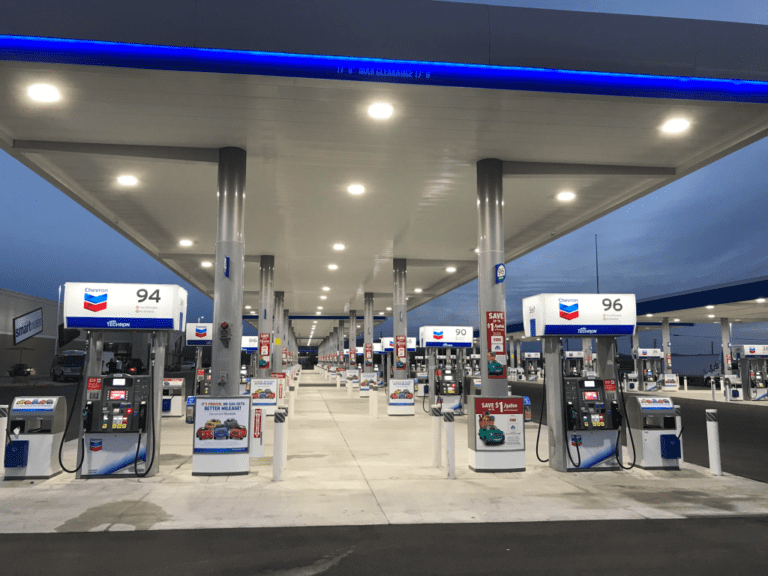Rising Gas Prices in Nevada: Analyzing Recent Trends and Factors
Current Gas Prices Overview
Nevada drivers are experiencing a significant increase in gasoline prices, with averages rising by more than 22 cents in just a week to hit $3.99 per gallon. This escalation reflects a broader national pattern, where the average price of gas across the United States has also surged, climbing over 10 cents to reach $3.26 per gallon—the highest mark since September of the previous year.
Factors Influencing Price Hikes
The recent uptick in fuel prices can be attributed to several key factors:
- Ongoing maintenance at refineries.
- The transition to summer-blend gasoline.
Despite these increases, the current gas prices remain lower than those recorded at the same time last year, offering a slight silver lining for consumers.
Regional Price Variations
In Nevada’s metropolitan areas, the average gas price is particularly elevated. For instance:
- Las Vegas averages $4.02 per gallon.
- Reno’s average price is even higher at $4.22 per gallon.
These prices position Nevada among the states with the highest fuel costs in the nation.
Market Dynamics and Gasoline Supply
Recent data from the Energy Information Administration (EIA) indicates a slight dip in gasoline demand, decreasing from 8.64 million barrels per day to 8.49 million. Concurrently, the domestic gasoline supply has also decreased, dropping from 239.1 million barrels to 237.6 million. However, gasoline production has seen an increase, averaging 9.3 million barrels per day.
Additionally, crude oil prices are reflecting this dynamic, with West Texas Intermediate crude increasing by 51 cents to settle at $71.71 a barrel. The EIA also noted a rise in crude oil inventories, up by 6.2 million barrels from the week prior; however, these levels remain about 4% below the five-year average for this time of year.
Looking Ahead
As fuel prices continue to climb, it becomes essential for policymakers to examine the root causes behind these increases. The focus may shift towards enhancing domestic energy production and alleviating regulatory constraints in order to provide affordable fuel options for the American population.


